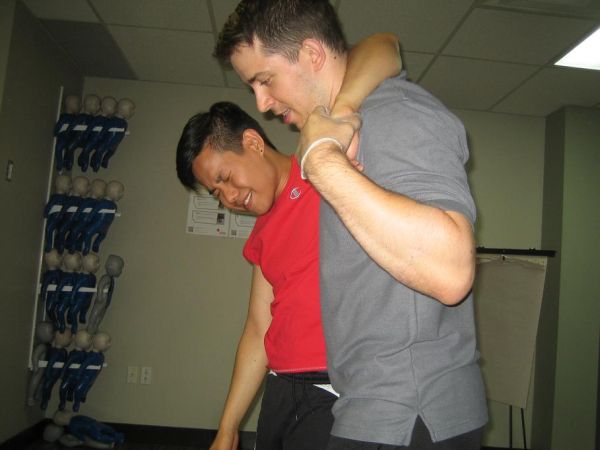
Severe acute respiratory syndrome was first identified in 2003. Between 2002 and July 2003, there was a massive outbreak of SARS virus attack in South China and Hong Kong. In this attack, 8,273 cases of infected individuals and 775 deaths were reported.
Severe acute respiratory syndrome Causes
SARS is caused by SARS coronavirus. This virus belongs to the same family of viruses that can cause common cold. This infection is contagious and the virus can spread from one individual to another through following means:
- One of the most important means of transfer of this infection is the droplets of saliva sprayed in the air when an infected sneezes or coughs. The virus can stay in air for as long as 3 hours and can transfer to another individual who breathes this air.
- This infection can also spread through the tissues or handkerchiefs used by infected individuals. The virus can stay alive in the tissues for as long as 6 hours.
- The virus can spread from sick to healthy individuals through means like hands, physical contact or exposure to excreta like stool.
Signs and symptoms:
The typical signs and symptoms of Severe acute respiratory syndrome include:
- Cough.
- Low grade fever i.e. greater than 100.4 degree F or 38 degree C.
- Respiratory distress i.e. difficulty while breathing.
The most common symptoms of SARS infection include:
- Involuntary chills.
- Cough starting 2-3 days after the initial symptoms.
- Myalgia i.e. muscle pain.
- Headache.
Other symptoms include:
- Passing of sputum in the cough.
- Gut abnormalities, most commonly diarrhea.
- Feeling of light headedness.
- Vomiting and nausea.
- Running of nose.
- Pain in throat.
When to seek medical attention for severe acute respiratory syndrome
You should seek medical attention if:
- You come in contact with the infected individual, his saliva, tissues or handkerchiefs.
- You should immediately contact your physician if you feel fever, cough and difficulty in breathing.
Severe acute respiratory syndrome Risk factors
Several factors increase your chances of developing SARS infection, like:
- Weak immune system.
- Travelling to the areas having the infection.
- Coming in contact with the infected person.
- Coming in contact with the infected health care individuals.
Severe acute respiratory syndrome Complications
The possible complications include:
- Respiratory collapse.
- Liver failure.
- Heart failure.
Severe acute respiratory syndrome Treatment
There is no particular proof the existing medicines and treatment cure severe acute respiratory syndrome. However, the possible treatments for SARS infection include:
- Use of anti-bacterial medicines in order to prevent the development of super-imposed pneumonia infection.
- Use of anti-viral infections.
- In some cases, the blood of individuals that are recovered from the infection is injected as the blood of such individuals might contain anti-bodies against the virus.
- Use of steroids.
- Use of respiratory support.
Prevention:
Following preventive measures can be taken in order to decrease the chances of getting severe acute respiratory syndrome:
- Cover your face and mouth during sneezing or coughing.
- Observe proper hand hygiene.
- Don’t share drinks, food or utensils with the infected individuals.

